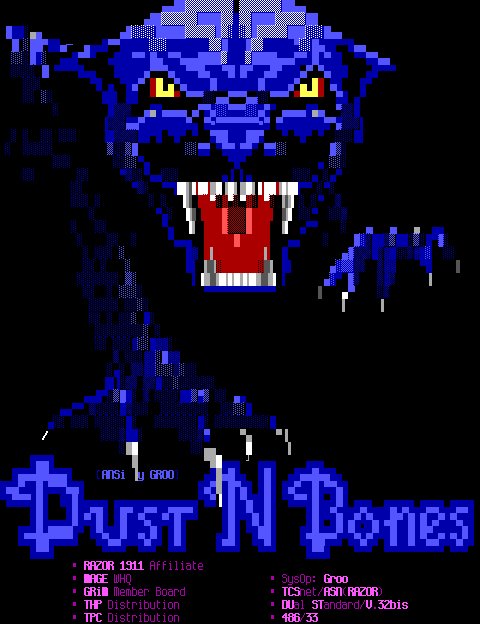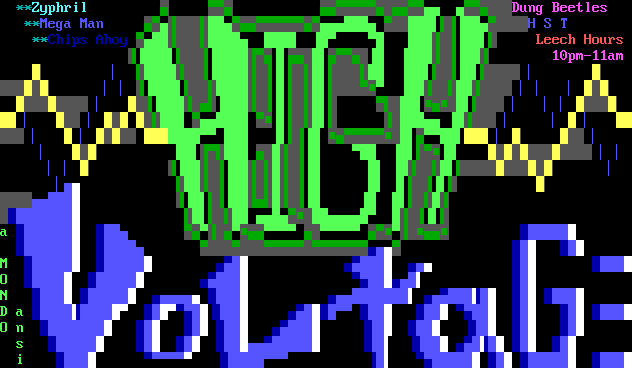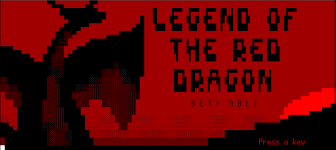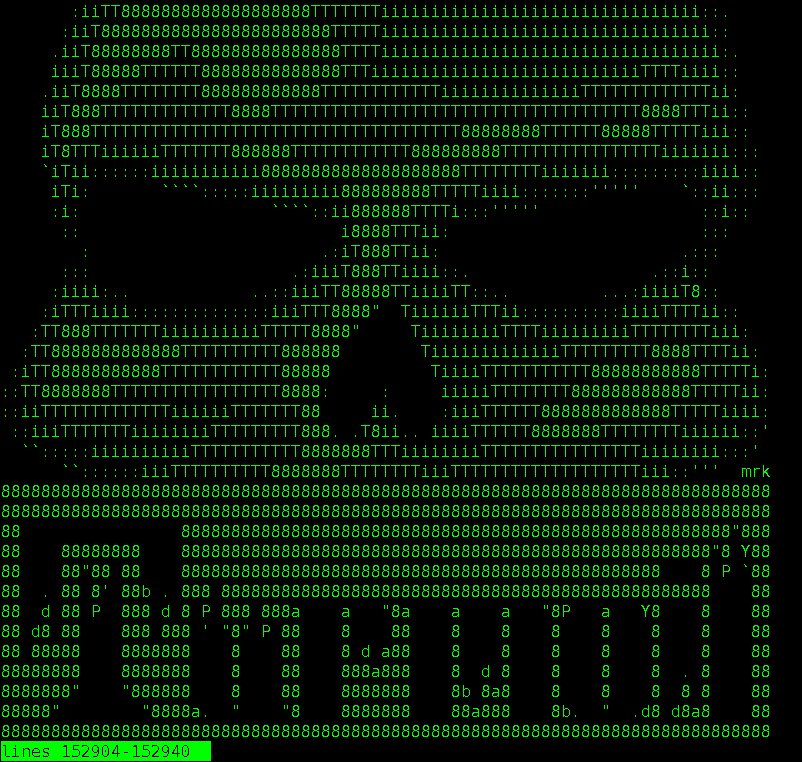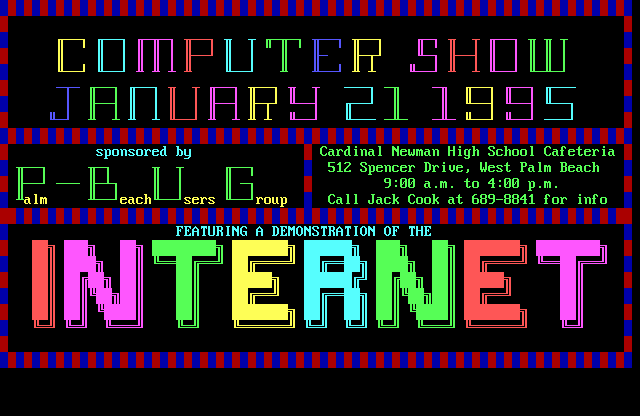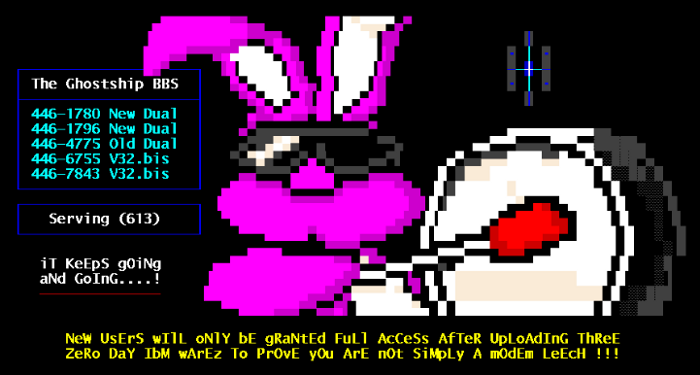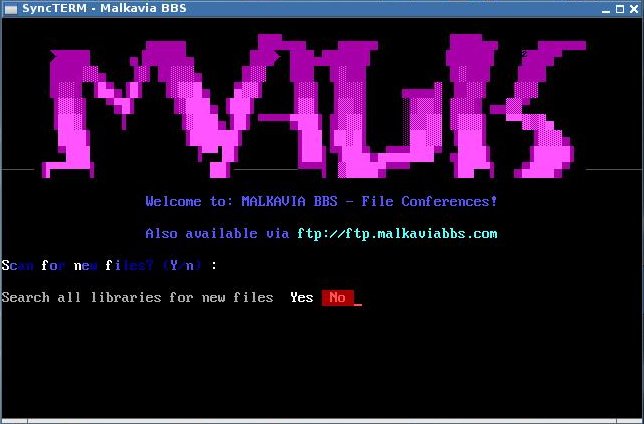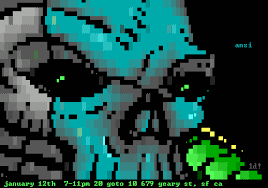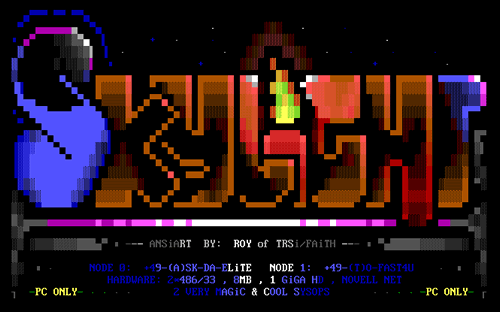Bulletin Board Systems (BBS): the "internet" before the internet
Classic Wildcat! BBS Main Menu screen (credit: http://www.wykydkool.com/bbs-bulletin-board-system)
"We were part of a technological and cultural zeitgeist. What we were involved in happened all over the country and in parts of Europe. Concepts and communities that came from BBSs in that era made this connected world possible.
Social networks, internet message boards, internet search, online classifieds, massively multi-player online games, mobile apps and gaming, crowd source and crowd funding, online advertising, coding, hacking, file sharing, cyber security, etc., all have some aspect of the BBS world in their DNA, so to speak.
We were part of a movement that helped to create the future."
-Brian Rewitzer (BBS Enthusiast)
HISTORY
Before you could connect to the internet with high speed cable modems, you were limited to connecting to localized networks through a telephone-based modem at a very, very low speed. A computer could host a BBS (Bulletin Board System) with a minimum of one phone line. The number of phone lines was parallel to the number of users that could "dial-in" through their modem. Due to the high cost of phone lines, many BBSs would have just one line. The good ones had a few which allowed for more access and multi-user chat!
CNet BBS software (credit: http://www.zimmers.net/bbs)
My first experience with BBSs was in the late 80s, when my uncle Steve and his friend Hauns launched their own multi-line BBS (Dreambuilders) on the Commodore Amiga, using Ken Pletzer's CNet software. While many PCs had their own versions of BBS hosting software, Amiga's CNet was quite a hit as it was very intuitive to use and had lots of customization options.
I went on to create StarDust BBS with Steve and my friend Ben in the early 90s and I also worked as SysOp (system operator) of Amiga Video Solutions, the local Amiga retailer.
TECHNICAL
So, to start to connect to a BBS, you would first need the phone #. If local, no problem; if long distance, charges applied.
Classic 1200 baud modem; similar to my first one (credit: http://img.mylot.com)
You'd also need a modem capable of connecting your computer to the one on the computer hosting the BBS. When I first jumped on the scene, 300 baud was the low end and 2400 baud was high. My first modem was a 1200 baud. As time went on, you'd see a 9600 baud, 14.4K, 28.8K and eventually 56K, all increasing your speed.
You would then load your terminal software on your computer which would take your phone # and connect through your modem. At this point there was a process called handshaking. It was a very uniquely sounding process as it connected.
This was a bittersweet sound. It signaled the bliss of online joy you were about to encounter as well as the potential disconnect if handshaking didn't workout.
Check out the handshaking sample below:
Once connected, you would typically see the screen cascade from the top down before your eyes. Things didn't load instantly, they went line by line. You could use a variety of colors to create the illusion of graphics though, by leveraging letters, numbers and character shapes (ANSI art) as seen below (images from Google Image search):
I might add as well that this was all command line interface. This means that you didn't use a mouse or controller; everything was driven by keyboard commands.
If you didn't have call-waiting disabled, incoming calls on YOUR phone line would completely disconnect your BBS connection. Or, if anyone in your family just happened to pick up the phone, they would hear a few clicks and your screen would start displaying gibberish, signaling the end of your session.
FEATURES
Many BBSs (regardless of what software they used) had a lot of similar features:
Private Messaging
Group Chat
Program Files (online games, text based; many leveraging ANSI graphics for that extra flair)
General Files - general textual files, for simple reading consumption
Downloads - shareware or "warez" (bootlegged software - Napster was NOT the first in this scene)
Message Boards - similar to forums we use today
COMMUNITY IN THE MINNESOTA BBS SCENE
There were many BBSs worldwide, but here in MN, there were a handful of popular ones that existed over the years. Some of them were (SysOp handle(s) listed to the right):
Dreambuilders (SysOps Mr. Rich/Fordude)
StarDust (SysOps Mr. Rich, Acid Rain/Skid Row, Vampire Hunter B)
Magic Palace (SysOps Spyder/Spider, Wolverine)
Inside Out (SysOps Rocky, Amigawd)
Amiga Video Solutions (AVS) (SysOps ??, Acid Rain/Skid Row)
Atlantic Star (SysOp James West, Angel Eyes)
Strike Force Delta (SysOp Black Eagle)
Mirror Image (SysOps TKnight Owl)
Highlands (SysOp Skody)
Expro Sys Int'l (SysOp TimGales)
Glacier (SysOp Jeremy Berg)
Igloo (SysOp Mark Steiger)
Miller's Amiga (SysOp Pete Miller)
Treasure Chest (SysOp Roller)
Hotline (SysOp Slick)
Noodle Ranch (SysOp Catman)
Shadowland
Abbatoir
(Thanks to Hauns Froehlingsdorf for contributing to this list)
All users on a BBS were known by their handle (nick name) - real names were rarely used. Here are some of the handles (in addition to the SysOps listed above) that frequented the Minnesota BBS scene:
Terminator/Red Dog/Colt 45, Predator, Leviathan, Rainmaker, Dragonlord, Kandi Bar / Fenix, Mackey, Kelp, Sakura, The Shadow, Yarm, Green Slyme, Oog, CroVic88, Del, Luna, Murph, Sidewinder
(Thanks to Brian Rewitzer for contributing to this list)
Because this was a great outlet for us "computer nerds", we often held localized GTs (get togethers). Here in the Twin Cities, we'd meet up at the Mall of America, Northtown Mall, Roller Garden, The Clearing and many other areas. Back then, it was considered a bit weird/geeky to use BBSs but it (communicating over a computer network) truly was the precursor to the internet.
Whenever I see social networks like Facebook and Twitter succeed as the newest social communication tool, I just smile inside knowing that we were all doing a very similar thing over 20 years ago. It was just a lot harder and slower. :)
ADDITIONAL RESOURCES




